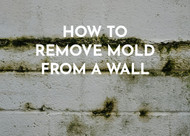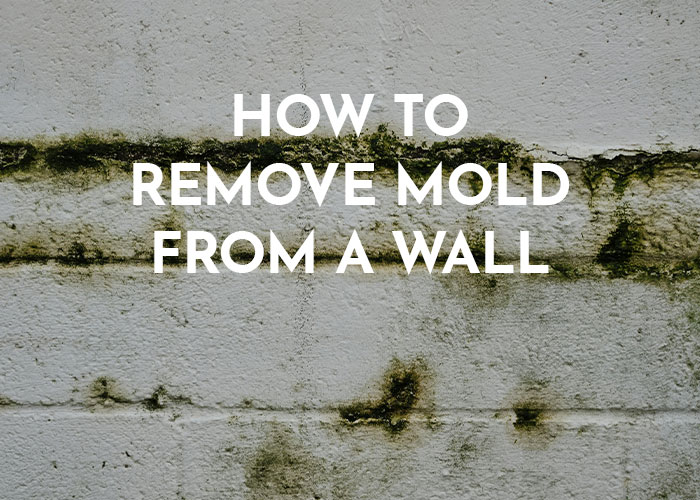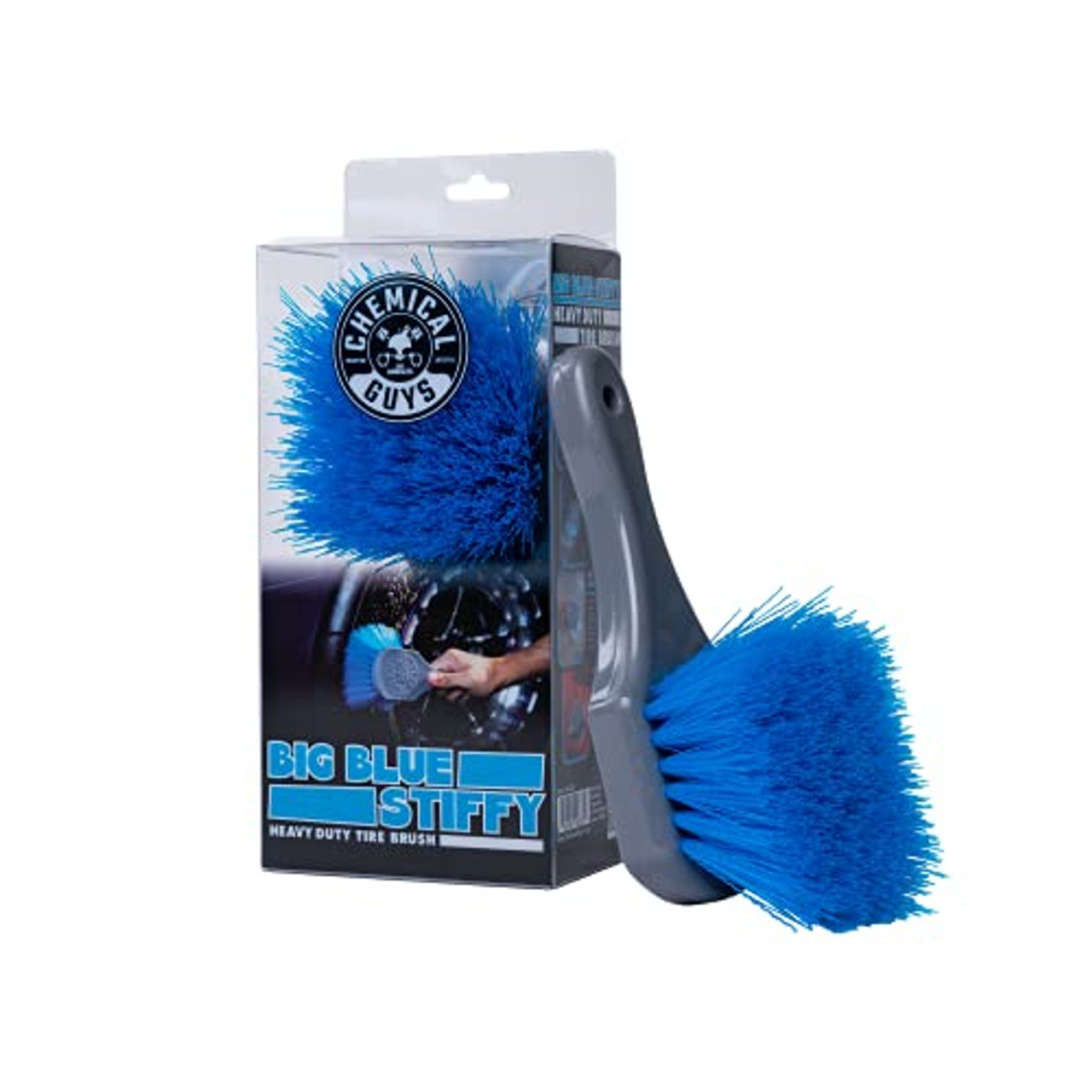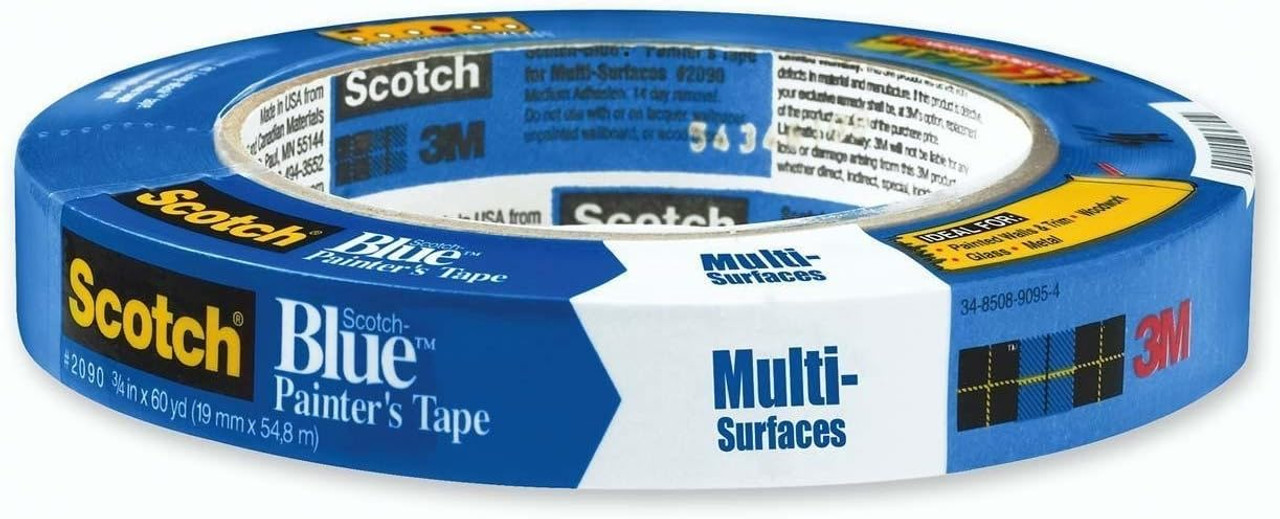How To Remove Mold From A Wall
2nd May 2024
Wall mold is a common problem in many homes, appearing mostly in moist areas like showers and under sinks. It can damage wall surfaces and adversely affect your health if not addressed promptly. Quick identification is key to preventing its spread and safeguarding your home's integrity.
This blog will guide you through a step-by-step process on how to clean mold on walls, outlining the must-have tools and preventive measures as well.
Let’s get started!
What Causes Wall Molds?
Wall mold is typically caused by excess moisture, which can come from various sources in a home. Here are some common causes:
1. Humidity
High humidity levels, especially in areas like bathrooms, kitchens, and basements, encourage mold growth. Without adequate ventilation, moisture-laden air settles on walls and provides a perfect breeding ground for mold.
2. Leaking Pipes
Water leaks from plumbing can seep into wall cavities, creating a moist environment where mold thrives. Such leaks are often hidden and can go unnoticed until mold becomes visible.
3. Condensation
Cold surfaces can cause condensation in warmer rooms, leading to moisture accumulation on walls. This is common in poorly insulated buildings or around metal window frames.
4. Water Damage
Flooding or spills that are not thoroughly cleaned and dried can soak into walls, promoting mold growth. The longer the materials remain damp, the more likely mold will develop.
5. Poor Ventilation
Inadequate ventilation traps moist air inside your home. Rooms that lack proper airflow are more prone to mold growth because moisture cannot escape.
How To Remove Mold From A Wall: A Step by Step Process
Here is a step-by-step process to effectively remove wall mold:
Step 1: Prepare the Area and Yourself
- Protective Gear: Wear gloves, goggles, and an N-95 mask to protect yourself from mold spores.
- Ventilation: Open windows and doors to ensure adequate airflow and help reduce the concentration of mold spores in the air.
- Cover Furnishings: Use plastic sheets to cover the floor and any furniture nearby to protect from splashes and debris.
Step 2: Identify the Extent of Mold Growth
- Inspect the Mold: Determine how far the mold has spread. Sometimes, mold on the surface is an indicator of a larger problem behind the wall.
- Moisture Source: Identify and fix any moisture sources that contributed to the mold growth, such as leaks or condensation issues.
Step 3: Cleaning Solution
- Non-Porous Surfaces: For non-porous materials (like tiles), you can use a solution of one cup of bleach mixed with one gallon of water.
- Porous Surfaces: For porous surfaces (like drywall), it’s better to use a milder solution, like vinegar or a commercially available mold remover specifically designed for porous materials.
Step 4: Scrub the Mold Away
- Scrubbing: Use a stiff brush dipped in the cleaning solution to scrub the mold off the wall. For tough mold, you might need to reapply the cleaning solution and scrub more vigorously.
- Do Not Rinse: Allow the cleaning solution to penetrate the surface and dry completely. This helps kill any remaining mold spores.
Step 5: Dry the Area Thoroughly
- Drying: Use fans and dehumidifiers to dry the wall completely. This is a crucial step to prevent mold from returning.
- Repeat if Necessary: If mold persists, repeat the cleaning process.
Step 6: Repainting (if necessary)
- Primer: Once the wall is dry, apply a mold-resistant primer.
- Paint: Finish with a mold-resistant paint to help prevent future growth.
Step 7: Dispose of Materials Safely
- Dispose of any rags, brushes, or protective gear that may contain mold spores in sealed plastic bags to prevent further contamination.
Final Checks
- Regular Inspections: Regularly check the area for any signs of new mold growth or moisture problems.
- Maintain Ventilation: Keep the area well-ventilated and dry to ward off future mold issues.
Tools Required For Wall Mold Removal
When removing mold from walls, having the right tools and equipment is essential to ensure the job is done safely and effectively. Here’s a list of tools required for wall mold removal:
Protective Gear:
- N-95 Respirator: Protects from inhaling harmful mold spores. Essential to prevent respiratory issues that can be caused by mold exposure.
- Gloves: Use non-porous, durable gloves to prevent direct contact with mold and harsh cleaning chemicals, which can irritate skin.
- Goggles: Shield eyes from mold spores and splashes from aggressive cleaning solutions, preventing irritation or injury.
Cleaning Agents:
- Bleach Solution: Effective for killing mold on non-porous surfaces like tiles and glass. Mix one part bleach with ten parts water for use.
- Vinegar or Baking Soda: Natural options for sensitive areas, safe for porous surfaces such as wood and drywall. Vinegar can be used directly, while baking soda is often made into a paste.
- Commercial Mold Remover: Specially formulated chemicals that are designed to tackle mold on both porous and non-porous surfaces, often containing antimicrobial agents.
Tools for Cleaning:
- Scrub Brushes: Stiff bristles are ideal for scrubbing away mold growth from grout lines and textured surfaces.
- Sponge or Cloth: Useful for applying solutions gently on surfaces and for wiping away residues after mold is removed.
- Spray Bottle: Convenient for evenly distributing cleaning solutions across affected areas without saturating them, which can prevent excess moisture.
Moisture Control Tools:
- Dehumidifier: Reduces air moisture levels, crucial in damp environments to prevent mold from returning.
- Fans: Accelerate the drying process of walls and floors after cleaning, essential to stop mold from growing back.
- Hygrometer: A tool to monitor the humidity levels in a room, helping to manage the environment more effectively and prevent future mold issues.
Repair and Covering Materials:
- Plastic Sheeting: Used to isolate the work area and prevent the spread of mold spores to other parts of the house during removal.
- Painter’s Tape: Helps secure plastic sheeting and can seal off vents or doorways to contain spores in the treatment area.
Waste Disposal Supplies:
- Heavy-Duty Garbage Bags: Critical for disposing of mold-infested materials like pieces of wallpaper, drywall, or even used protective gear, to avoid contaminating other areas.
Paint Supplies (if repainting is needed):
- Mold-Inhibiting Primer: Applied before painting to walls cleaned of mold; it prevents mold and mildew regrowth.
- Mold-Resistant Paint: Formulated to resist moisture and prevent mold, providing a durable surface in moisture-prone areas.
How to Prevent Mold Growth on Walls?
Preventing mold growth on walls is essential for maintaining a healthy living environment. Here are five effective tips to help you keep your walls mold-free:
- Control Indoor Humidity: Keep the humidity levels in your home between 30% and 50% by using dehumidifiers or air conditioners, especially in humid seasons.
- Ensure Proper Ventilation: Use exhaust fans in high moisture areas like bathrooms and kitchens to vent moisture outside. Make sure that your home is well-ventilated with fresh air to reduce the moisture that mold thrives upon.
- Fix Leaks Promptly: Regularly inspect your home for any signs of leaks in the roof, walls, and plumbing. Repair leaks as soon as they are detected to prevent water from accumulating and preventing a wall mold.
- Use Mold-Resistant Products: When renovating or repairing your home, consider using mold-resistant drywall or paint. These products are specially designed to resist moisture and can be particularly useful in areas prone to dampness, such as basements and bathrooms.
- Keep Surfaces Clean and Dry: Regularly clean and dry surfaces where moisture tends to accumulate, such as windowsills and bathroom walls. Wipe up any condensation or spills immediately to prevent mold from starting to grow.
Buy Wall Mold Removal Products At Discount With JB Tools
Discover a wide range of wall mold removal products at JB Tools, now available at discounted prices! Whether you're tackling a small spot or dealing with widespread mold, our high-quality solutions make the job easier and more effective.
Sign up for our newsletter today and save up to 50% discount on our products. Don't miss out on this opportunity to protect your space for less!





